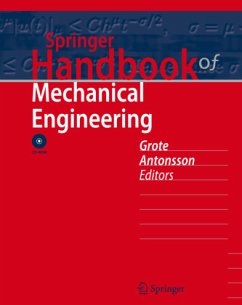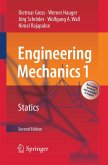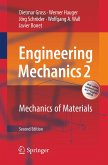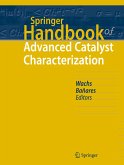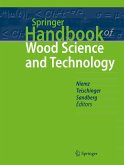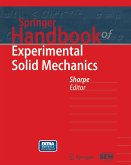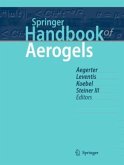This text covers the main areas of mechanical engineering and specialized applications such as robotics, cryogenics, and optics. Written by a global team of experts, it is ideal for practicing engineers and students at various levels.
This resource covers all areas of interest for the practicing engineer as well as for the student at various levels and educational institutions. It features the work of authors from all over the world who have contributed their expertise and support the globally working engineer in finding a solution for today's mechanical engineering problems. Each subject is discussed in detail and supported by numerous figures and tables.
This resource covers all areas of interest for the practicing engineer as well as for the student at various levels and educational institutions. It features the work of authors from all over the world who have contributed their expertise and support the globally working engineer in finding a solution for today's mechanical engineering problems. Each subject is discussed in detail and supported by numerous figures and tables.
From the reviews:
"This handbook has been conveniently structured into three parts: A. Fundamentals, B. Applications, and C. Complementary Material. ... this handbook a truly unique and indispensable information source, a 'must-have' for any engineer's book shelf. The book is of particular help for materials engineers in showing the cross-links to all important key-topics of mechanical engineering." (Materialprüfung Materials Testing, Vol. 51 (3), 2009)
"This massive volume, edited by Grote ... and Antonsson (Caltech), and including 92 contributors, is the most up-to-date and most representative of the state-of-the-art in many broad areas encompassed by the field of mechanical engineering. The book contains three parts ... . The usefulness of this handbook is hampered by its skimpy index ... it has many attributes that make it an important addition to the reference shelf of any library serving a mechanical engineering department. Summing Up: Highly recommended. Upper-division undergraduate through professional collections." (A. M. Strauss, Choice, Vol. 47 (1), September, 2009)
"This handbook on mechanical engineering provides details on ... fundamental building blocks of mechanical engineering. ... It is broken down into three parts. ... Since quite a wide variety of topics is covered in this handbook, it will give students an idea of what is involved in a number of different areas of mechanical engineering and in some electrical engineering specialties. Those not specializing in mechanical engineering but needing to learn the basics as part of their job will also find it useful." (John S. Shea, IEEE Electrical Insulation Magazine, Vol. 26 (3), May/June, 2010)
"This handbook has been conveniently structured into three parts: A. Fundamentals, B. Applications, and C. Complementary Material. ... this handbook a truly unique and indispensable information source, a 'must-have' for any engineer's book shelf. The book is of particular help for materials engineers in showing the cross-links to all important key-topics of mechanical engineering." (Materialprüfung Materials Testing, Vol. 51 (3), 2009)
"This massive volume, edited by Grote ... and Antonsson (Caltech), and including 92 contributors, is the most up-to-date and most representative of the state-of-the-art in many broad areas encompassed by the field of mechanical engineering. The book contains three parts ... . The usefulness of this handbook is hampered by its skimpy index ... it has many attributes that make it an important addition to the reference shelf of any library serving a mechanical engineering department. Summing Up: Highly recommended. Upper-division undergraduate through professional collections." (A. M. Strauss, Choice, Vol. 47 (1), September, 2009)
"This handbook on mechanical engineering provides details on ... fundamental building blocks of mechanical engineering. ... It is broken down into three parts. ... Since quite a wide variety of topics is covered in this handbook, it will give students an idea of what is involved in a number of different areas of mechanical engineering and in some electrical engineering specialties. Those not specializing in mechanical engineering but needing to learn the basics as part of their job will also find it useful." (John S. Shea, IEEE Electrical Insulation Magazine, Vol. 26 (3), May/June, 2010)

